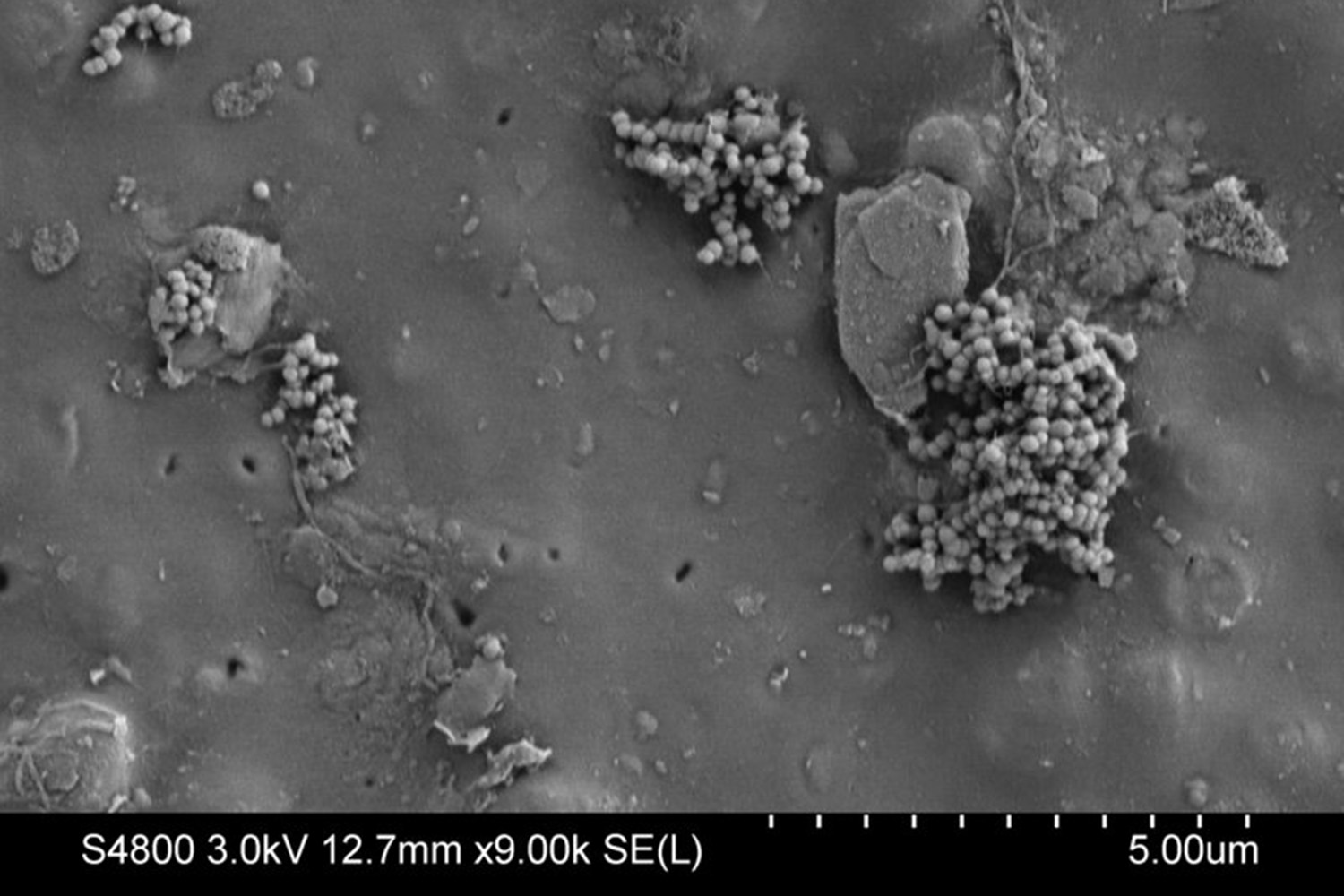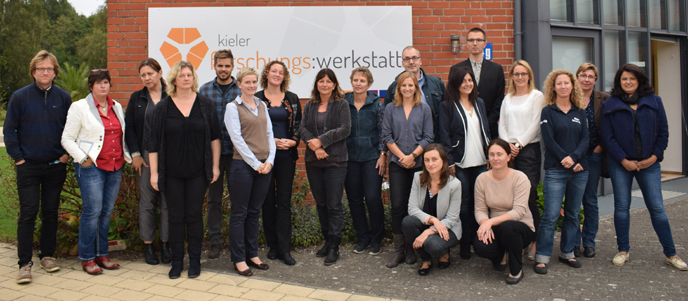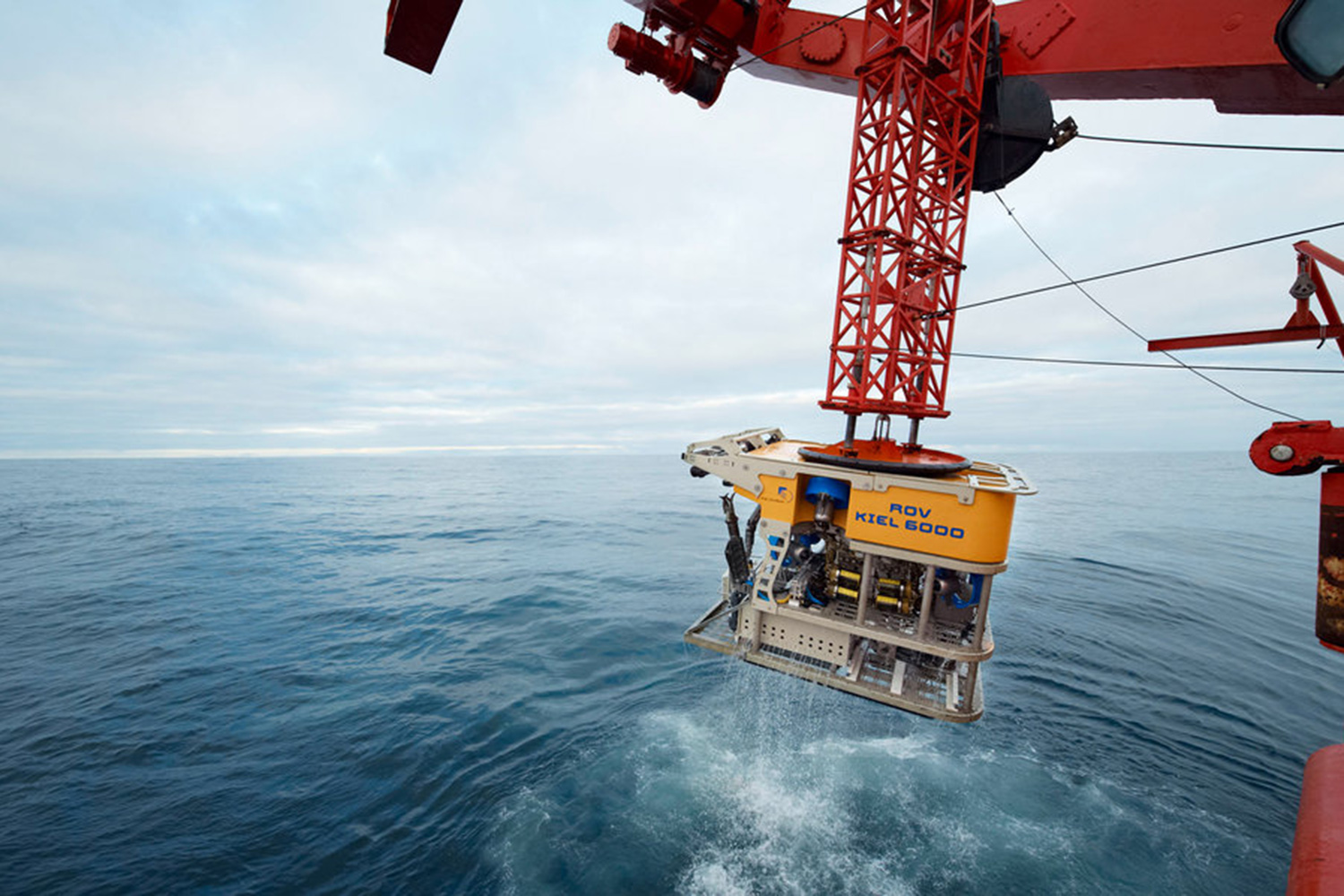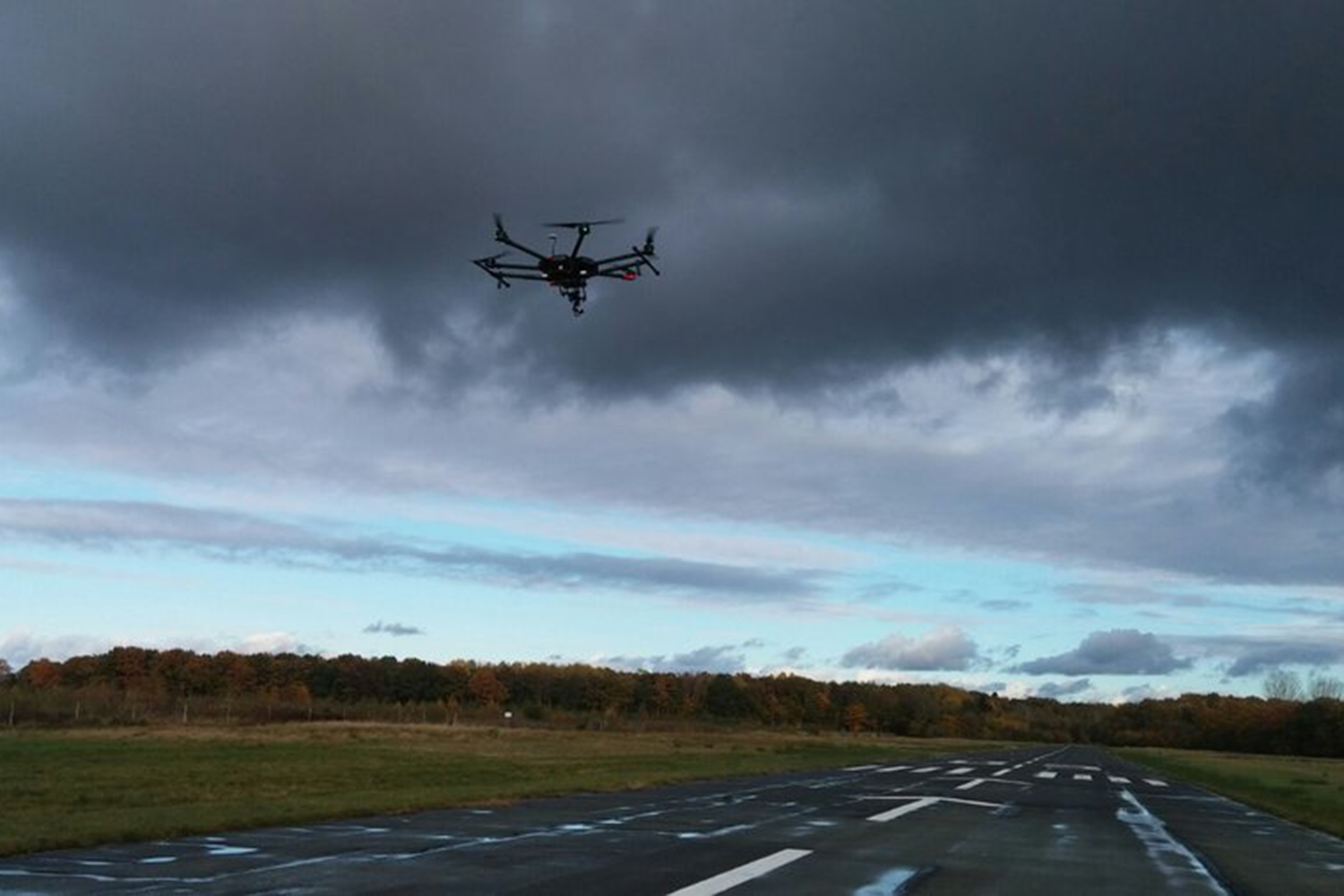Whether on the coasts of the Antarctic or on the sediments of the deep sea – there is barely a place on Earth without plastic waste. But how long plastic will remain in the seas until it is decomposed, is hardly investigated. A group of scientists of the GEOMAR Helmholtz Centre for Ocean Research Kiel, the Kiel University and the Cluster of Excellence "The Future Ocean" now have compared the changes of standard polyethylene carrier bags with those of so-called biodegradable plastic bags in two chemical environments, which are typical for the seabed. As the team in the international journal Marine Pollution Bulletin writes, bacteria have colonized the biodegradable bags significantly faster. However, “there is no reduction or change of material detectable in both kinds of bags within hundred days,” says Alice Nauendorf, first author of the study.
The team used sediment samples from the Eckernförde Bay in the Western Baltic Sea. "In the upper layers of these sediment samples oxygen was still present, but not in the lower layers. That is typical for seafloors around the world", says the biological oceanographer Nauendorf and adds: "These layers also differ in the types of bacteria who live therein."
The two bags were placed in both oxic and anoxic sediments for about one hundred days in a laboratory experiment. According to the manufacturer, the biodegradable bag was made of compostbale polyester, cornstarch and undisclosed ingredients.
After the 100 days the team used a number of analytical methods such as high-precision weight measurements, scanning electron microscopy, and Raman spectroscopy to demonstrate possible changes of the material. "We could clearly see that the compostable bags were more populated with bacteria - in the oxygen-containing layers five times more, in the oxygen-free layers even eight times more than the polyethylene bag", says Nauendorf.
The studies also showed that the material of both bags has not changed at all in the hundred days of the experiment. "We found no weight loss or chemical alteration. Therefore no decomposition of the material is suggested", emphasizes Prof. Dr. Tina Treude, principal investigator of the study, who now works at the University of California, Los Angeles (UCLA). The exact reason for the different settlement with bacteria remains uncertain. "We found an antibacterial substance in the polyethylene bag, which could have restricted bacterial colonization ", says Nauendorf.
But despite the still remaining questions the study shows that plastic reduction is only a very slow process in the sediments. Even the settlement with bacteria is obviously no guarantee for the chemical conversion of a substance. “The study suggests that the seafloor would become a long-term deposit for plastic waste if we don’t stop polluting the seas. Future studies have to show what impact plastic waste has on benthic ecosystems," says Professor Treude.
Reference:
Nauendorf, A., S. Krause, N. Bigalke, E. V. Gorb, S. N. Gorb, M. Haeckel, M. Wahl, T. Treude (2015): Microbial colonization and degradation of polyethylene and biodegradable plastic bags in temperate fine-grained organic-rich marine sediments. Marine Pollution Bulletin, http://dx.doi.org/10.1016/j.marpolbul.2015.12.024
Links:
www.geomar.de GEOMAR Helmholtz Centre for Ocean Research Kiel
www.futureocean.org The Cluster of Excellence “The Future Ocean
Kontakt:
Jan Steffen (GEOMAR, Kommunikation & Medien), Tel.: 0431 600-2811
presse@geomar.de
…



